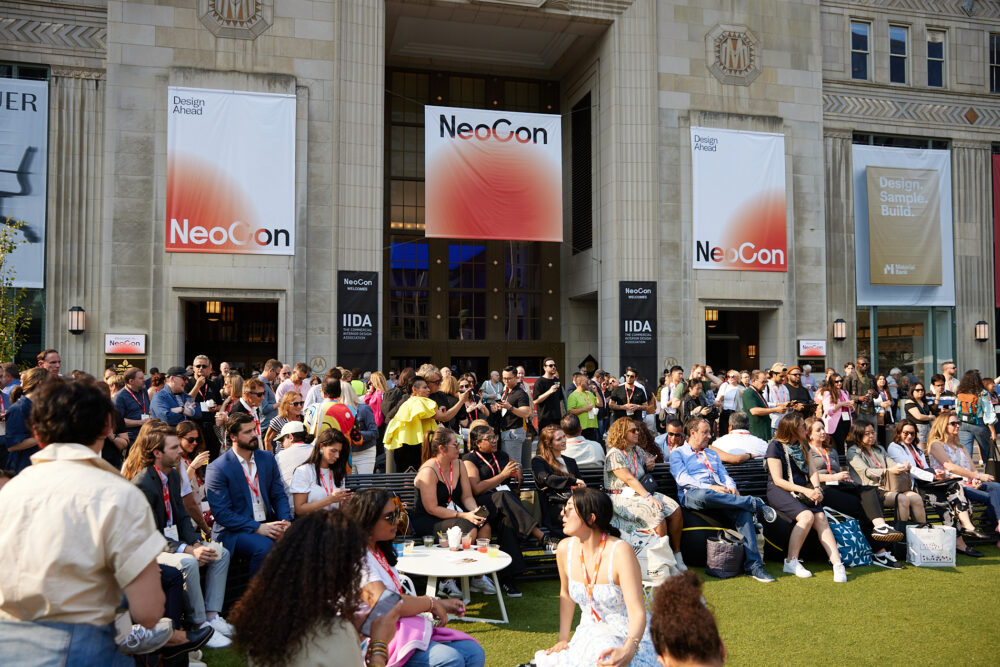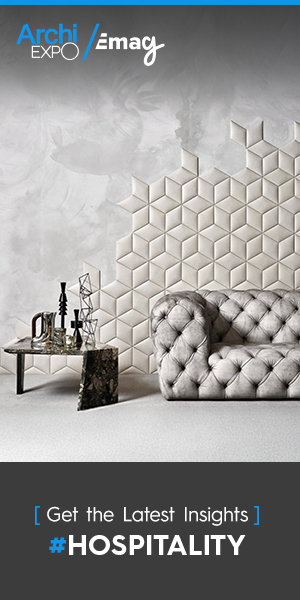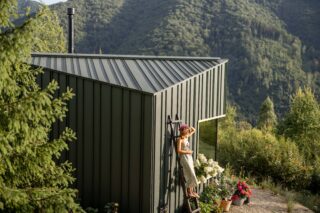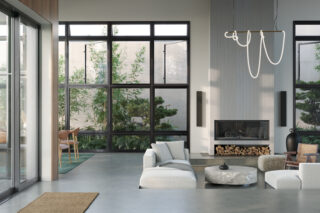“There’s a lack of risk being taken”. Dan Sullivan, AIA, founder of Modwall, provides his opinion of NeoCon 2025 as a first-time attendee seeking products for the future of workplace, healthcare, and hospitality.
NeoCon is known as the convergence point for commercial interior furniture design, understood to be showcasing bold debuts and innovations that define the trajectory of the industry. This year’s show featured 450 companies and thousands of products. The conference is renowned for setting the tone for the industry at large, indicating the state of the market, and perhaps even more important, where it’s headed.
Being my first year, I searched the floors, with hundreds of exhibitors, for the products that would lead us to the future of workplace, healthcare, and hospitality. It was to my surprise that the show’s broad look across the industry promises more of what we’ve already seen—the same shapes, colors, materials, and approaches that have existed for many years. As I moved from showroom to showroom, I noticed several continuities. With a few exceptions, noted below, it appears that there’s a lack of risk being taken by designers and manufacturers, emulating existing concepts rather than pioneering bold solutions to move the industry forward.
Sustainable Surface Materials & Indoor Air Quality
One area of positive convergence is that with most manufacturers, sustainable design has become part of the zeitgeist. Recycled and healthy materials are finding their way to premium auxiliary lines reflecting the direction that we know we have to take to be responsible participants in commercial construction and the global environment at large.
One product that stood out was The Good Plastic Company’s Polygood®. Made from 100% recycled plastic, Polygood® is a sustainable surface material for large-scale architecture and design projects. Polystyrene plastic (PS) is transformed into panels that mimic marble, terrazzo, translucent panels, and other traditional and less traditional surface materials, and can be milled for texturing. While there are limits to seaming, the expression of the material is quite beautiful. The products are also labeled with what they were previously: refrigerator insulation, electronics, CD cases, disposable food containers, toys, and building components. From my perspective, a next step for them could be a buy-back program where they recycle their own material into new products, taking on full Extended Supplier Responsibility.
READ our article “The Good Plastic Company’s Debut at NeoCon 2025“
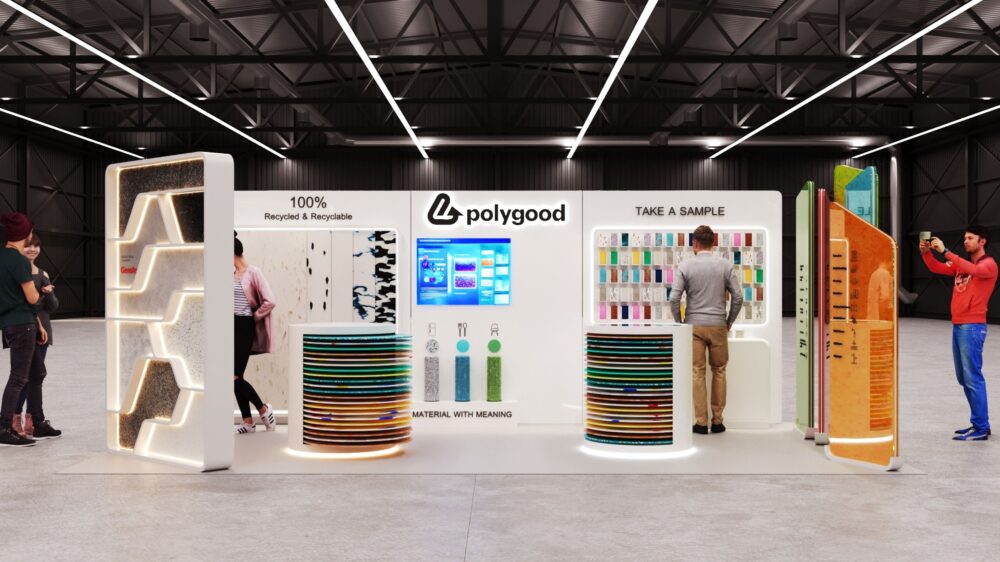
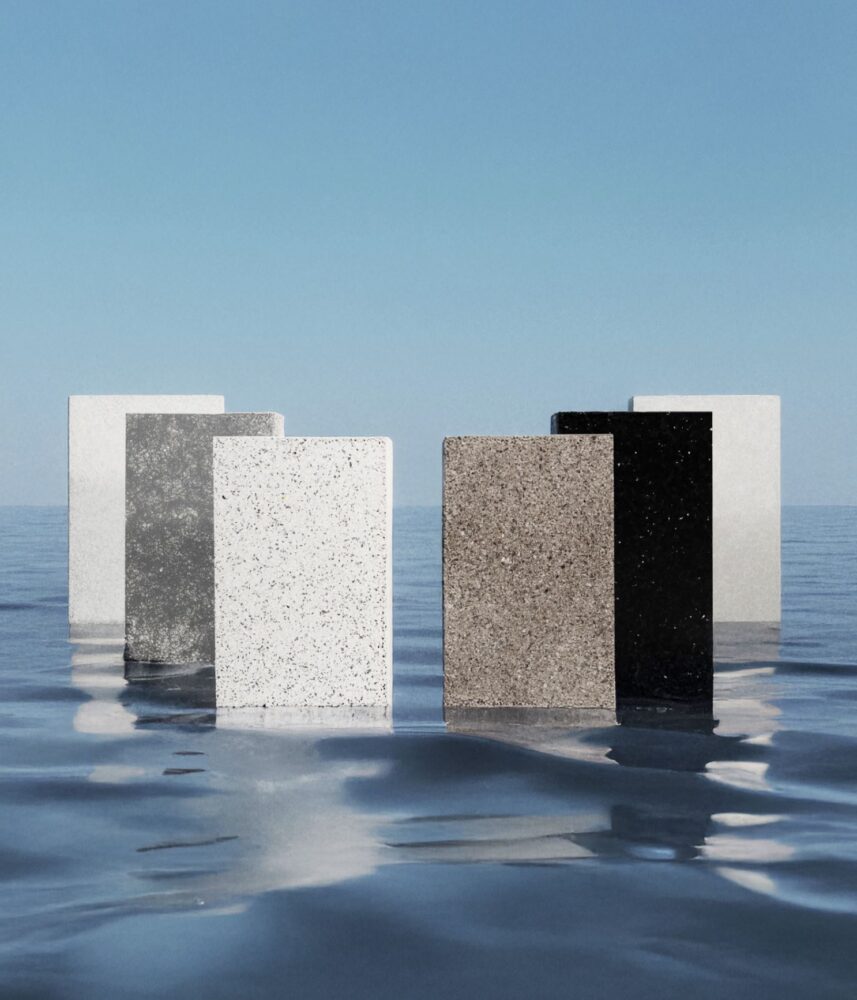
Another theme that became apparent from the show in the sustainability lexicon was indoor air quality and designing for human health. A real standout company addressing both of these concerns is Oakland, California-based company Biome. Biome’s Taiga Living Walls, forming the core of the product line, are designed to hang anywhere, bringing spaces to life by bringing nature indoors. The hydroponically grown plants act as a natural air purifier for end users while also providing a visual connection to nature, which has a positive neuro-aesthetic impact on the brain.
User Experience in Furniture and Absorbing Acoustics
Designing for the human experience remains a guiding principle throughout the show, but what that really means (and how deeply it’s being explored) varies significantly across the show floor. Many products promise comfort and flexibility, but few go beyond surface-level adaptions to reflect the current reality of the hybrid, digital nomadic nature of today’s workplace landscape.
One notable exception to this was Humascale’s Diffrient Lounge Chair. Slated to launch this fall, the chair is designed to continuously support both work and rest by collapsing the boundary between the two. Combining the essential elements of a modern workspace––a chair, a desk, and power––into a single, streamlined solution, the piece echoes the modern-day desire for multifunctional environments. Products like this anticipate a future where spaces are optimized for perpetual activity. This design mindset reflects the increasingly blurred lines between work and life, where environments will continue to be designed for seamless transitions instead of total separation.
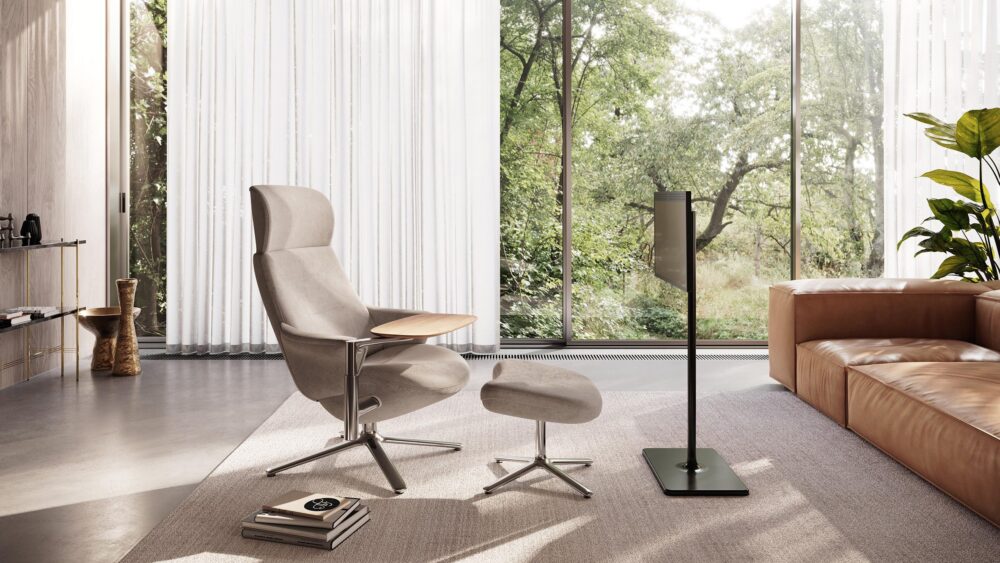

Similarly, attention to acoustic comfort continues to gain traction as its crucial yet understated role in creating comfortable, acoustically absorptive environments comes to the forefront. Turf Acoustic Panels stood out at the show as an offering not only with a design-forward aesthetic, but a deeper consideration of performance and longevity—created with extended lifecycles and timeless appeal as key features. Made with 60% pre-consumer recycled content and designed for reusability (lightly-used installations are rehomed for new projects), the product shows that acoustical solutions can prioritize both form and function. The future of product design relies on the intersection of beauty, efficiency, and sustainability—Turf addresses all three.
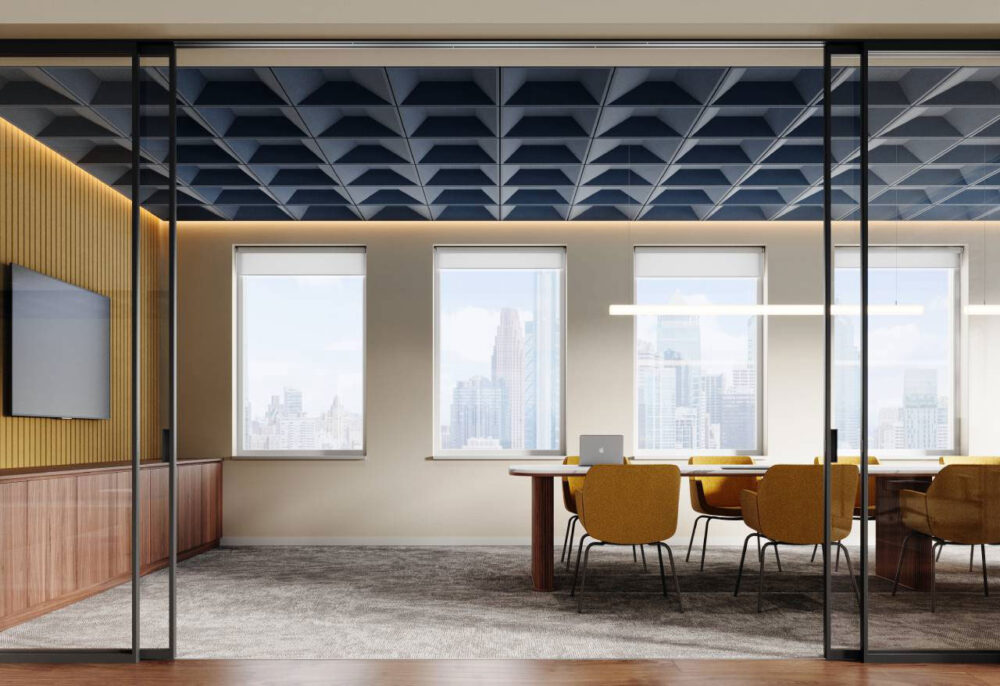
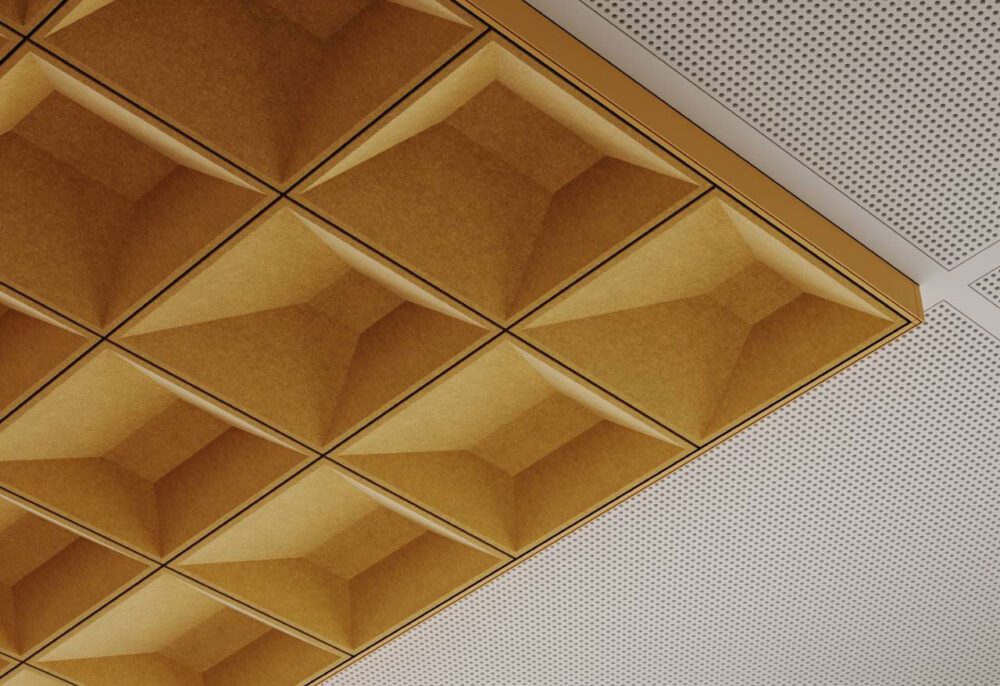
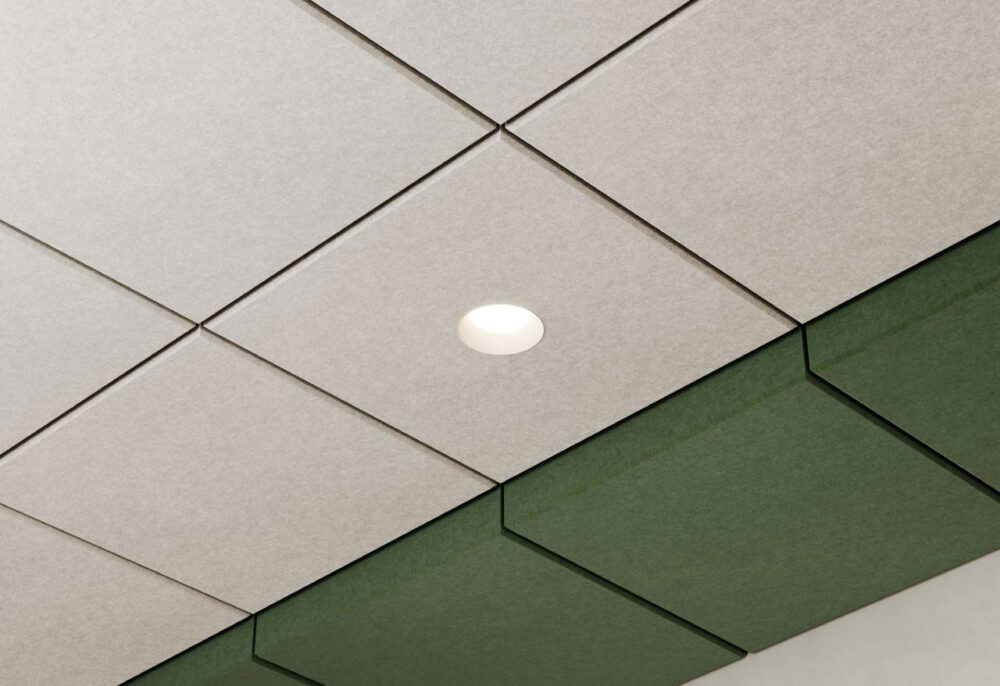
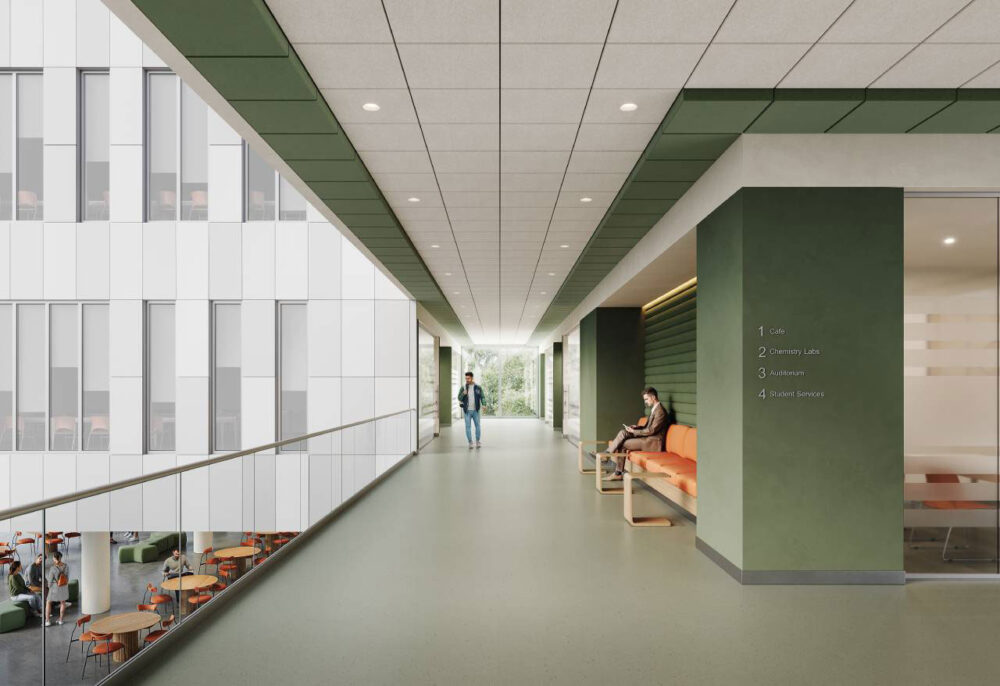
Modular Building Solutions to Reduce Materials
Modularity and reusability are increasingly a necessity during periods of economic volatility, while the current state of the market presents uncertainty for cost and project schedule. The typical turbulence, compounded by oscillating tariffs, is causing many to seek solutions that streamline construction and reduce the materials needed for product and project execution. Modular building methods provide a valuable solution, and reusability future proofs cost volatility.
A broader strategic pivot is emerging now, which leverages domestic manufacturing and designing around “dumb parts, smart assembly”. Products that simplify construction, reduce waste, and provide manufacturing inroads can assist designers and manufacturers in mitigating risk, improving predictability, and strengthening supply chain resilience in tariff-exposed markets.
In that spirit, Gridd modular raised access floor system is an example of the inglorious systems that support workplace flexibility. Using standardized modular steel components, Gridd allows for electrical and data runs in a very thin system that can be laid on top of the structural slab. With customizable perimeter pieces to accommodate different layout sizes and configurations, each individual component can be removed to expose the systems below. This makes it much lighter and more agile than the heavier standard raised access floor systems. The product is also supported by an app that is almost an x-ray vision into the floor so there’s no searching for systems when they need to be moved or replaced. The system can also be picked up and moved to another location. This is a great product pairing for a flexible partition system like Modwall.
NeoCon 2025: A Tension Between What’s Familiar and What’s Possible
NeoCon establishes a platform for manufacturers to explore the potential of design in addressing challenges facing the industry today and into the future. But this year’s show also highlighted a tension between what’s familiar, and what’s truly possible. While some manufacturers are tied to aesthetics and thinking of the past, there was an undercurrent of movement, solutions geared toward addressing deeper, systemic challenges—from sustainable materials to acoustics and modular construction.
As the industry hones in on strategies to maneuver through current circumstances, the show demonstrates the resilient and adaptable nature of the practice, and that the industry is slowly stepping toward a more intentional, responsive future.
At its best, it provides a forum for sharing ideas and developing solutions that challenge us to think critically about our practice. This will help us move beyond incremental change, prioritizing the redefinition of what good design can, and should, ultimately accomplish.
